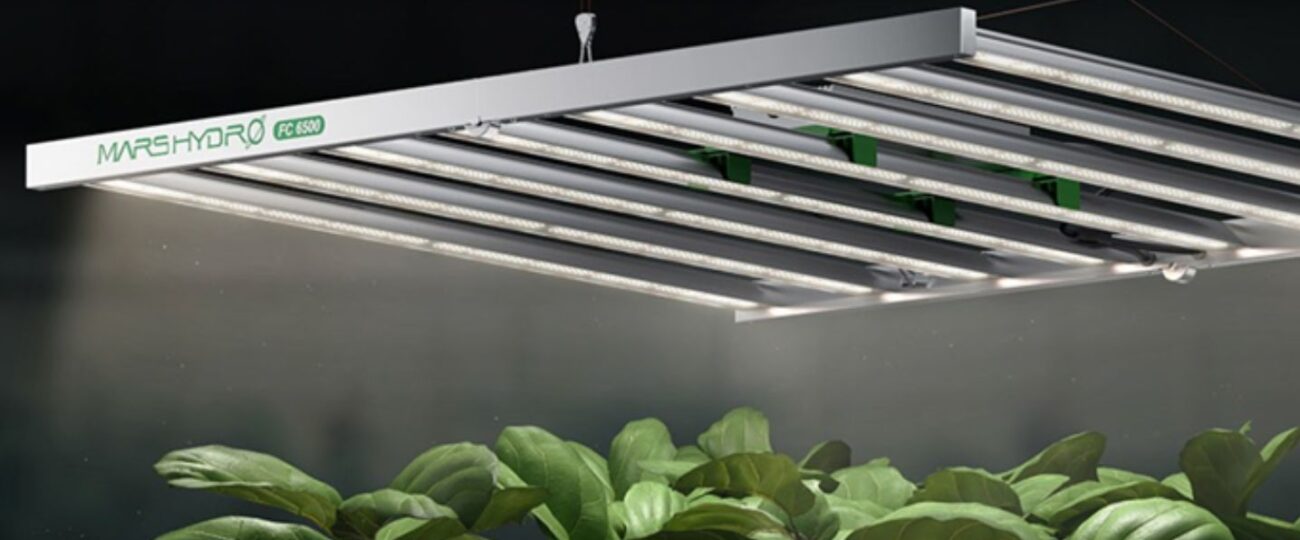The science behind LED grow lights is a fascinating and innovative field of study. LED, or Light Emitting Diode, grow lights are a type of artificial lighting that is specifically designed to promote plant growth.
Unlike traditional incandescent or fluorescent bulbs, LED grow lights emit light in specific wavelengths that plants can efficiently absorb for photosynthesis.
This targeted spectrum of light ensures that plants receive the optimal amount of light energy, resulting in faster growth and healthier plants.
Types of LED Grow Lights
Grow lights come in various types, each with its own unique advantages and efficiencies. One popular type is the Full Spectrum LED grow light, which emits light across the entire spectrum, similar to natural sunlight.
These lights provide a balanced and comprehensive light source for plants, promoting optimal growth and development.
Another type is the Red/Blue LED grow light, which focuses on specific wavelengths of light that are most beneficial for plant growth and flowering.
Introduction to Supplementary LED Grow Lights
Supplementary LED grow lights are an additional type of LED lighting used to provide supplemental lighting to plants. These lights are usually used in combination with other types of grow lights to enhance the lighting conditions for indoor gardens.

Supplementary grow lights emit specific wavelengths of light that are tailored to the needs of plants during different stages of growth.
For example, during the vegetative stage, plants require more blue light to promote leaf and stem growth, while during the flowering stage, they require more red light to encourage blooming.
Different Types of Plants Flourish Under LED Grow Lights Technology
Types of plants that can be grown under LED grow lights vary depending on the specific needs of each plant species. Scientific research has shown that a wide range of plants benefit from LED grow lights, including vegetables, herbs, and flowers.
Leafy greens such as lettuce and spinach thrive under the balanced spectrum of light provided by full spectrum LED grow lights.
Fruit-bearing plants like tomatoes and peppers also respond well to the targeted wavelengths of red and blue light in Red/Blue grow lights.
How LED Grow Lights Work
LED grow lights operate based on the principles of the electromagnetic spectrum and plant biology. The specific wavelengths of light emitted by grow lights are carefully selected to provide the necessary energy for photosynthesis. This is achieved through the interaction of light with chlorophyll, the pigment responsible for capturing sunlight in plants. The absorbed light energy is then used to convert carbon dioxide and water into glucose and oxygen, fueling the plant’s growth and metabolic processes.
LED grow lights from Mars Hydro are a top choice for indoor gardeners seeking high-quality and efficient lighting solutions. These lights are specifically designed to provide the optimal spectrum of light for plant growth and development. With a focus on energy efficiency, Mars Hydro LED grow lights consume less power while still delivering exceptional results. The advanced technology used in these lights ensures consistent light output and coverage, promoting uniform growth across plants.
Conclusion
In conclusion, LED grow lights have revolutionized indoor gardening by providing a tailored and efficient lighting solution for plants.
By emitting specific wavelengths of light that plants can easily absorb, LED grow lights promote photosynthesis and enhance plant growth.
With options such as full spectrum, red/blue, and supplementary grow lights, indoor gardeners have the flexibility to cater to the unique needs of different plant species and growth stages.
Whether cultivating leafy greens or fruit-bearing plants, the targeted spectrum of light provided by LED grow lights ensures optimal growth and development.
See Also: Tech Advancements in Heating Technology: Custom Flexible Heaters Unveiled










